Who doesn’t love a new school year? It’s a fresh start – a new beginning, with the opportunity to get to know a whole new group of children and help them grow and learn throughout the year.
The first few weeks of school aren’t always easy though. There’s a lot that happens that sets the tone for the rest of the year. The environment you create in those first weeks of school has a huge impact on your students and can make all the difference in how they learn.
But don’t worry! Be intentional about the classroom environment you’re creating and the culture of community you foster.
Here are a few ways you can build and foster community in your preschool classroom:
Get to Know Your Children & Families
 Families and teachers share one important goal: they care about children and want them to reach their full potential. Families are invaluable partners in the support of young children’s development. Building great relationships with families, and the investment you make in those relationships, has a huge impact on the children you teach.
Families and teachers share one important goal: they care about children and want them to reach their full potential. Families are invaluable partners in the support of young children’s development. Building great relationships with families, and the investment you make in those relationships, has a huge impact on the children you teach.
Here are some ways to engage families as partners, and to bridge the gap from home to school!
- Get to know the families. Ask families to complete Family Surveys to learn more about the family, their interests, culture, languages they speak, etc. Have them complete an “All About Me” survey to not only get to know your student, but also connect with their parents. This survey includes questions such as “what are the child’s interests?” and “how do you comfort the child when they are upset?”
- Create a Family Board in your classroom. Use this to keep families aware of lesson plans, upcoming events, etc. You can also create a monthly newsletter to share classroom information as well.
- Have informal conversations during pick up and drop off. This is a time to foster relationships with students and their families. You can chat with them by asking “how was her morning?” or recommending they ask their child to tell them about a story they really enjoyed during class.
- Invite families into the classroom. You could create a “Mystery Readers” program where a parent, family, or community member comes in once a week to read a story to the class. Don’t forget to invite families to classroom programs, parties, field trips, and special events too!
Help Your Children Get to Know Each Other
During the first few weeks of school, helping children establish relationships with one another is extremely important. In these relationships, children discover new things and learn to relate to one another. One of the best times to foster this relationship building between students is during morning meetings. These meetings help children feel safe, comfortable, and remind them that they are an integral part of their classroom community. Try these morning meeting ideas to foster a sense of community at the start of each and every school day:
Welcome Song
Post a picture of each child on a poster board. During your morning meeting, the group can sing a welcome or good morning song to each child such as this one:
“Hello, Jack! Hello, Jack!
Hello, Jack. It’s time to say hello!
Welcome to school, Jack. We are glad you’re here.”

Now, he places his picture on the other side of the board showing he’s at school today. After each child present has had a chance to hear their morning song and move their picture, there will possibly be some pictures left on the poster board for children who are absent that day. For absent children, your classroom can sing a “wish you well song” like this:
“We wish you well.
We wish you well.
All through the day.
All through the day.”
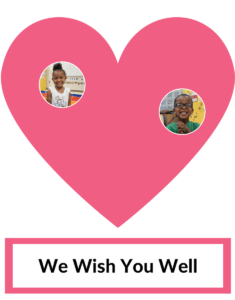
These two simple songs welcome every child to school, create a strong sense of community, and build empathy in the classroom. A win–win–win!
New Names Song
Anybody else struggle with remembering names of new people? In the first weeks of school, children are usually learning a dozen or more names of their new friends and may feel overwhelmed. So, make it fun! Sing a song and teach your students a dance to help them learn all their new classmate’s names. Here’s one of our favorites:
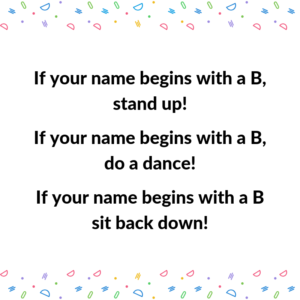
Not only is this a fun way to get your wiggles out and learn your classmates names, but it also builds alphabet knowledge in younger classrooms.
Quick tip: If your children do not know the first letter of their name, adjust the song to say the names of the children, as well as the beginning letter, when they stand up.
Build Your Classroom Culture
What is classroom culture and how do you build it? Culture is about feeling like we belong – that we’re an important part of a group. You can build your classroom culture with activities such as the morning meeting songs listed above, but you can also build culture by establishing how you communicate as a group and appropriate classroom behavior.
Classroom Agreements
Create classroom agreements with your children. These classroom agreements should include important matters such as how we communicate and behave when we are together. Display your classroom agreement by making a poster or turn it into a song or classroom chant!
 |
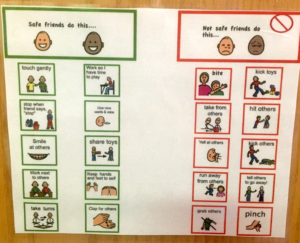 |
Visual Daily Schedule
Place a visual daily schedule in your classroom to help your children understand what they can expect throughout the day. During the first few months of school, go over this schedule regularly. This helps children transition to their new classroom best! Quick tip: If there is a change to the schedule, make children aware of these changes in advance if possible.
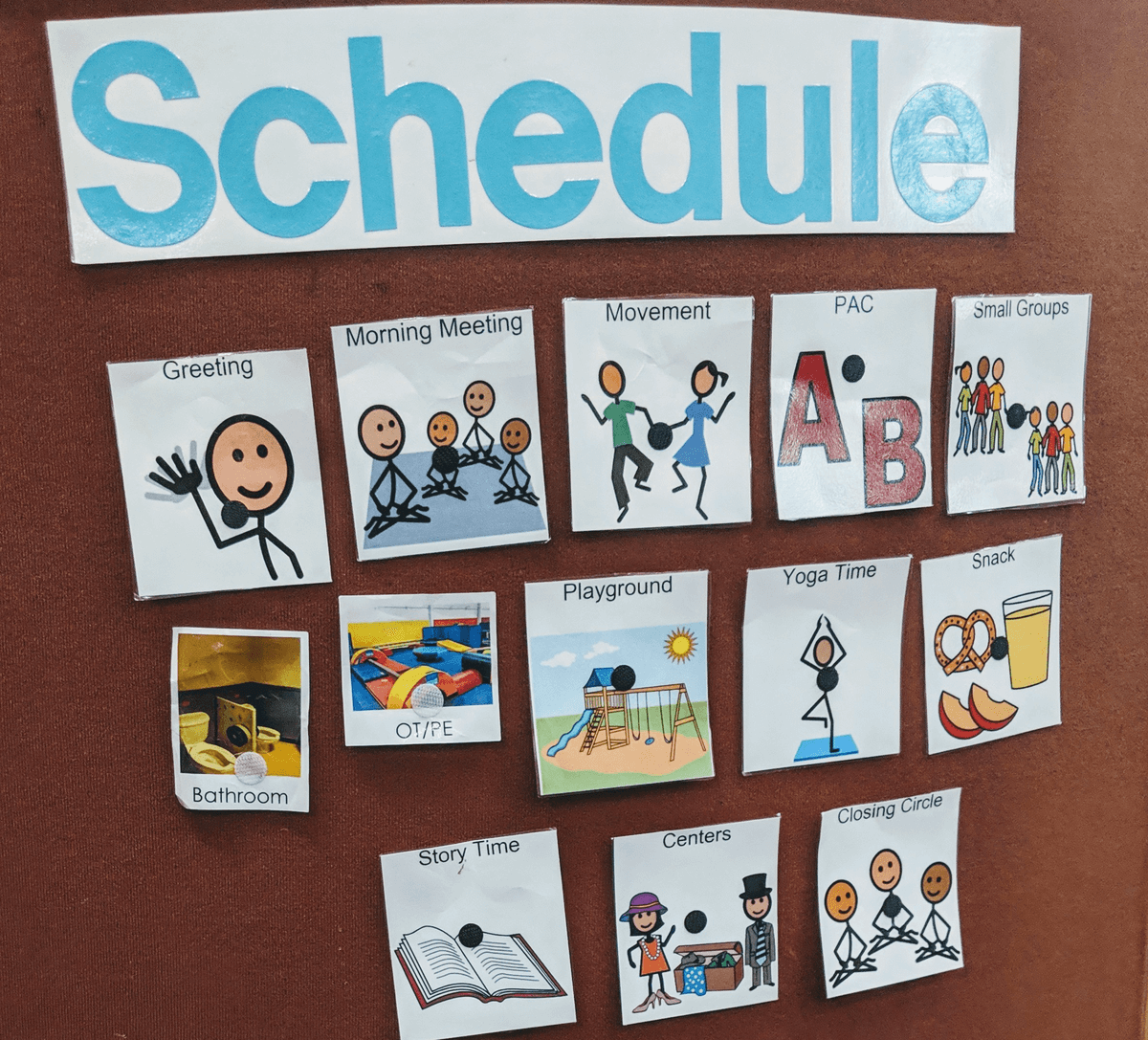
Celebrate and Honor Diversity
Create a classroom where your children’s cultures are represented in the books you read, in the songs you sing, and the snacks you eat. Children need to feel comfortable, confident, and celebrated. This is a great way to bridge the gap from home to school which will increase learning for all!

It’s our hope that in the first weeks of school, you’ll be able to establish a welcoming classroom environment that children look forward to coming to every single day. Creating a strong sense of community in your preschool classroom is the first step!
Recommended Classroom Community Building Resources
- The No Shh Zone Teaching Aid
- Planning for the No Shh Zone Teaching Aid
- Building Partnerships with Families
- Family Culture & Language Survey
- Family Culture & Language Survey – Spanish Version
- All About Me & My Family Survey
- Sharing My Language With You
- Responding to Children’s Behavior Chart
- Vocabulary for the First Week of School & Beyond
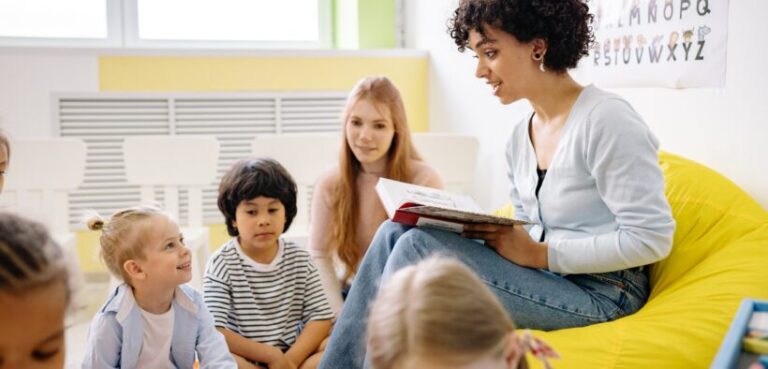


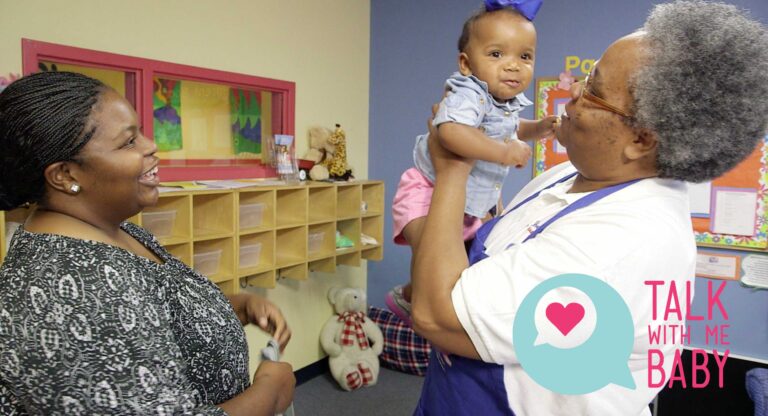
Thank you. I wish I could share your posts on Facebook with friends and colleagues.